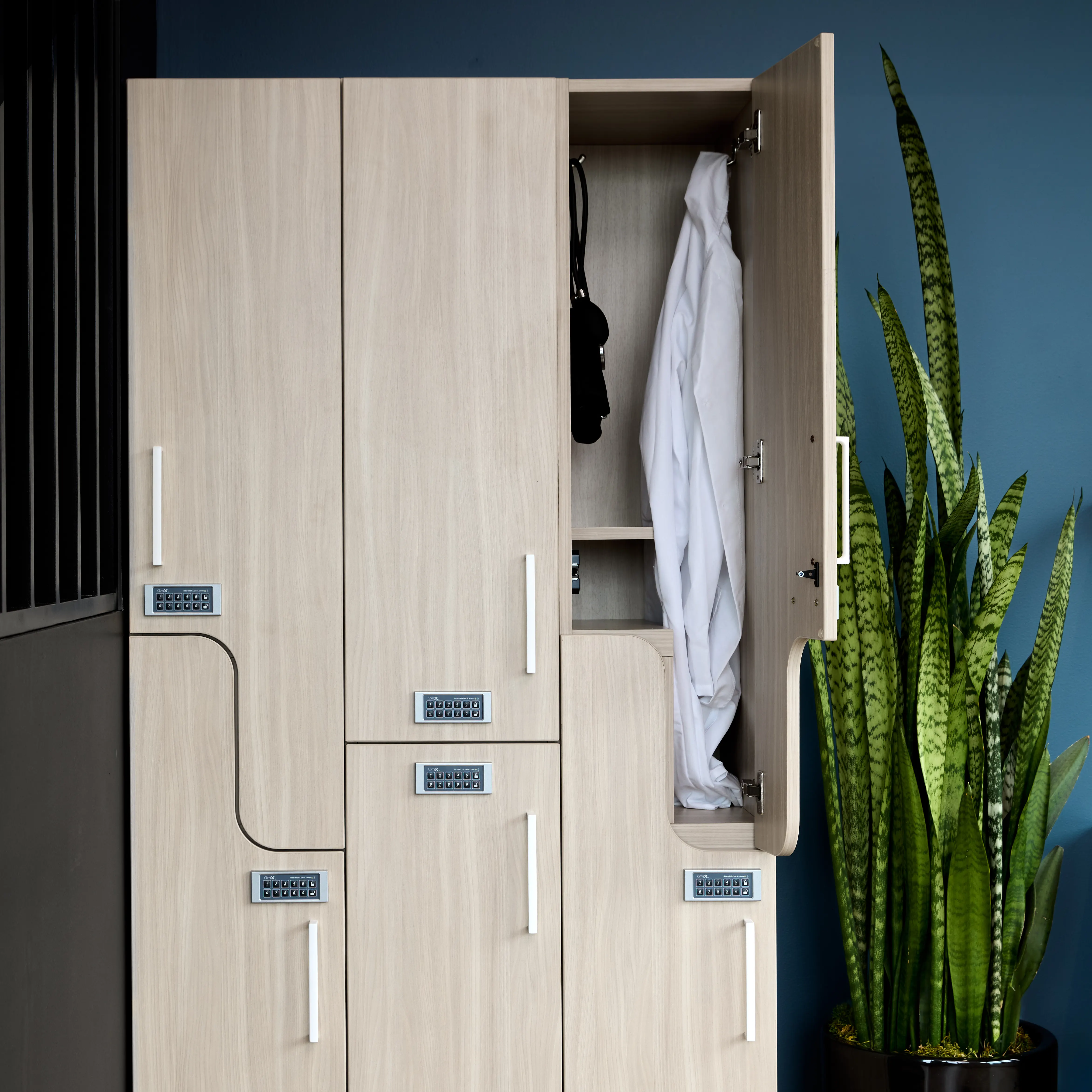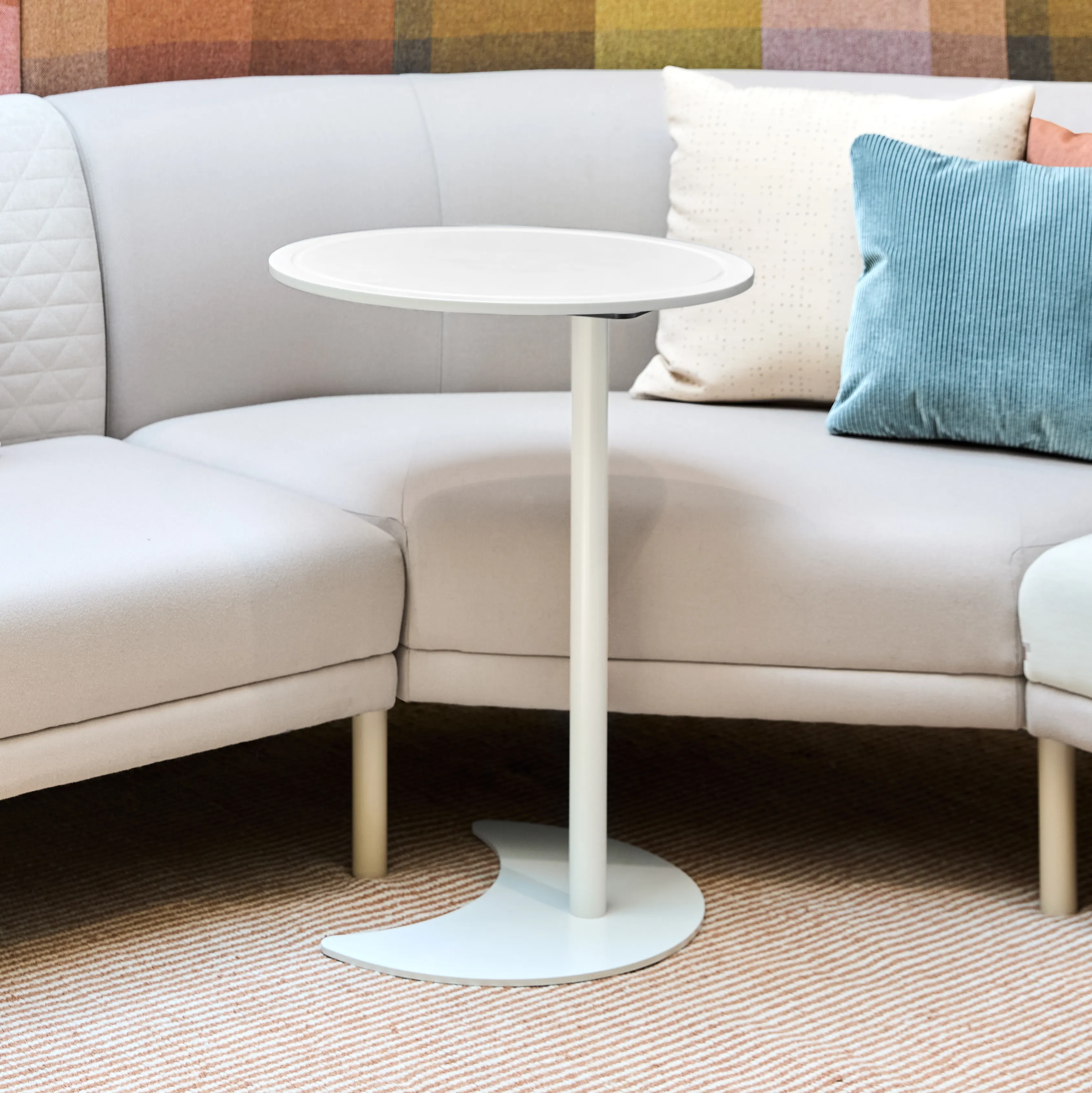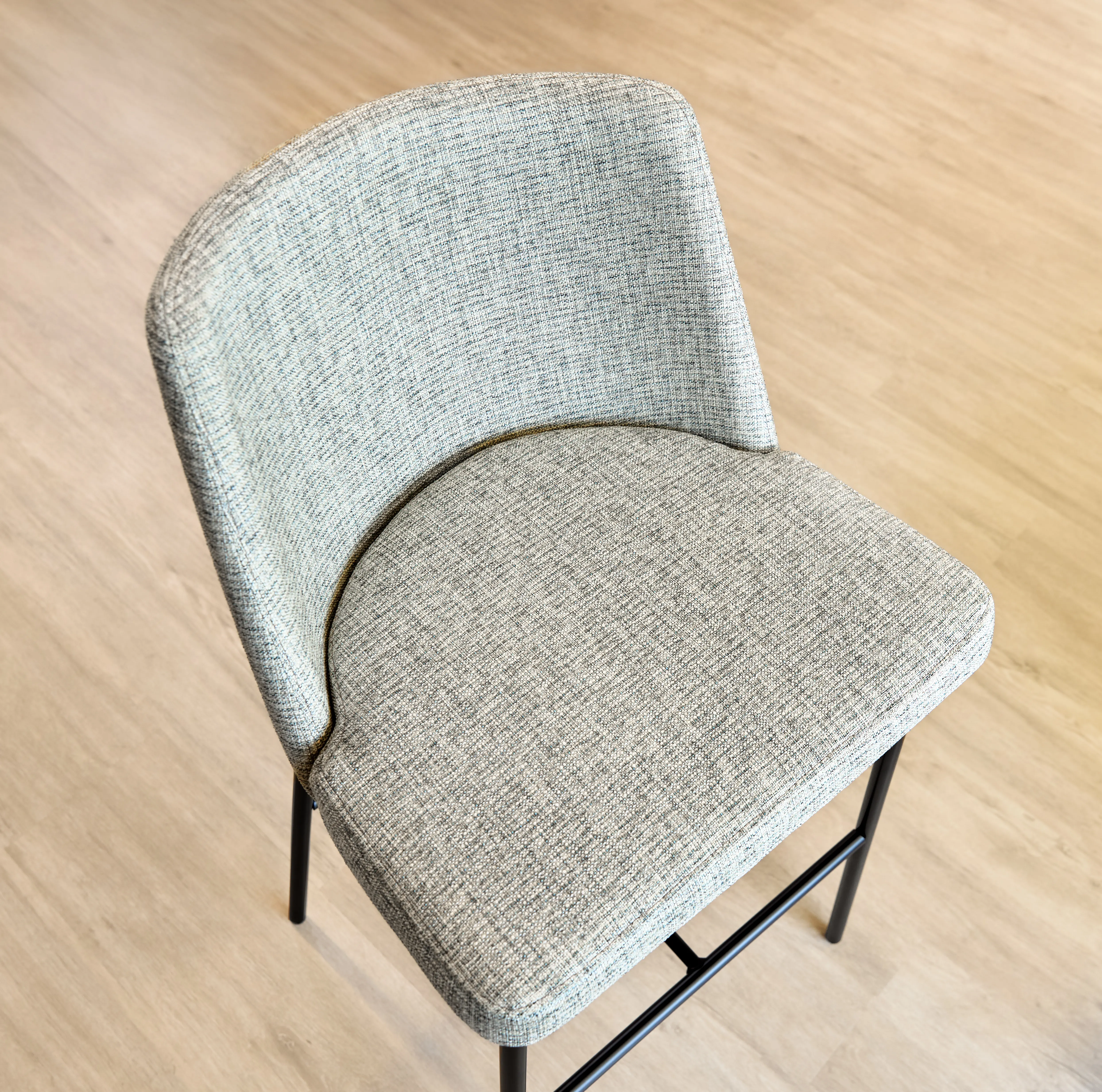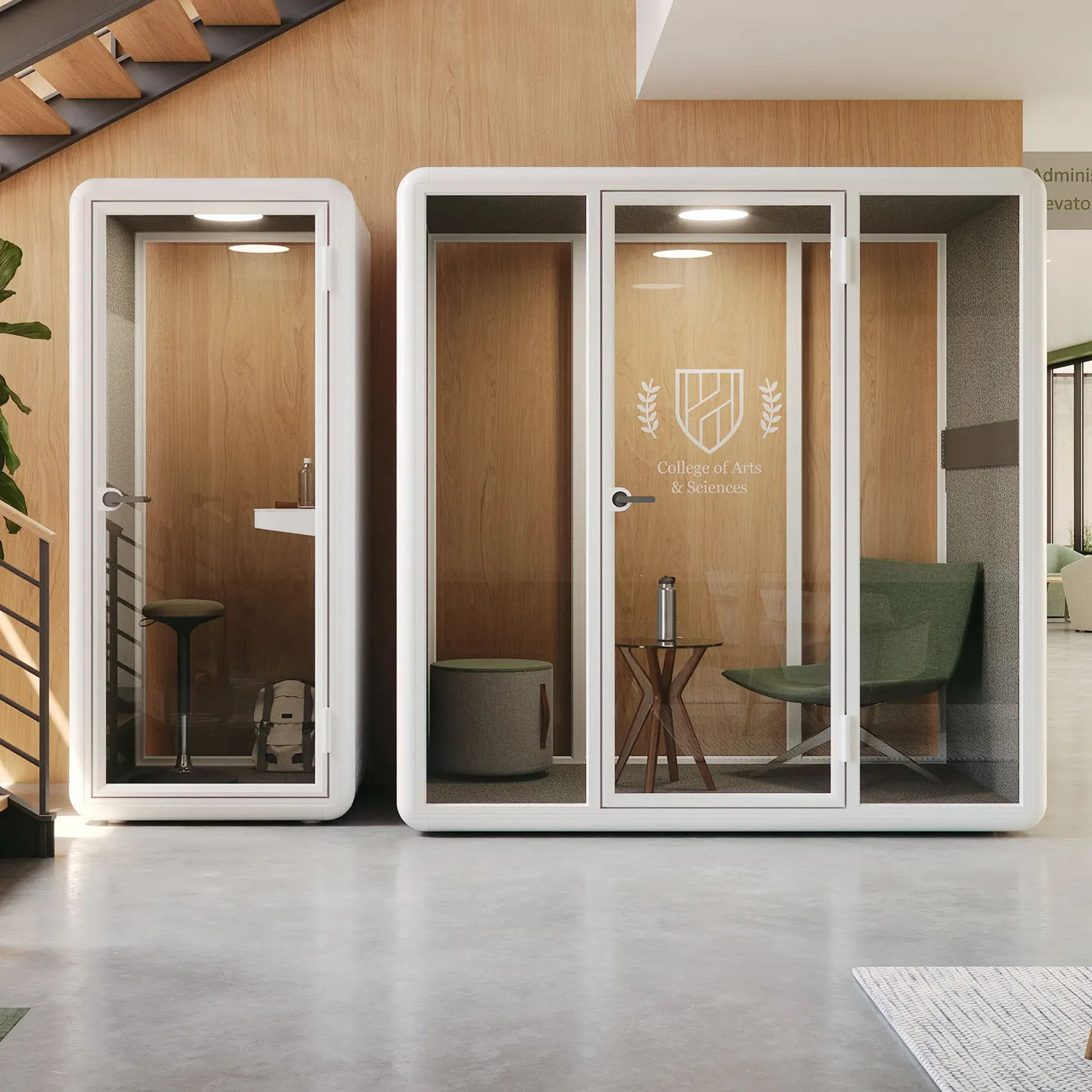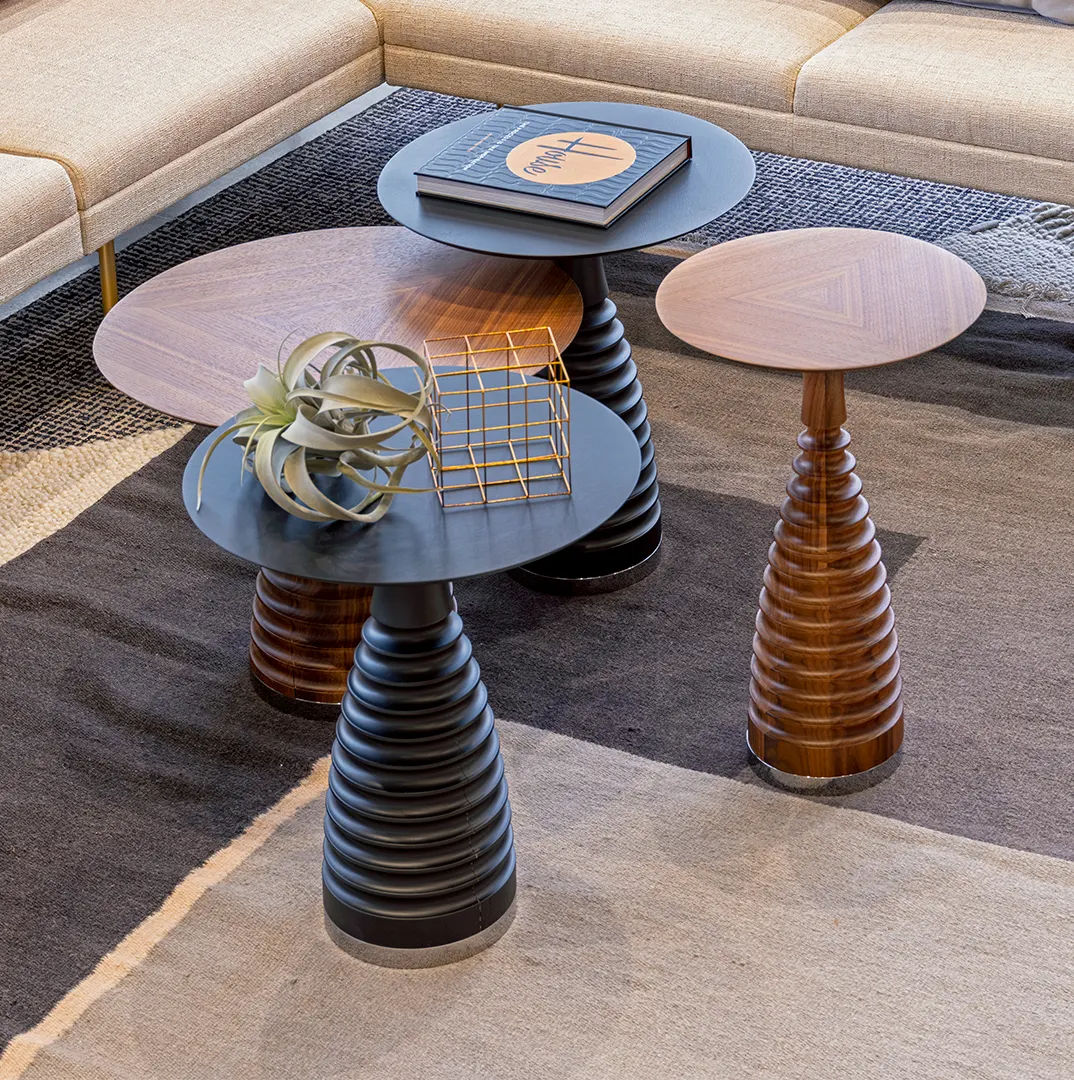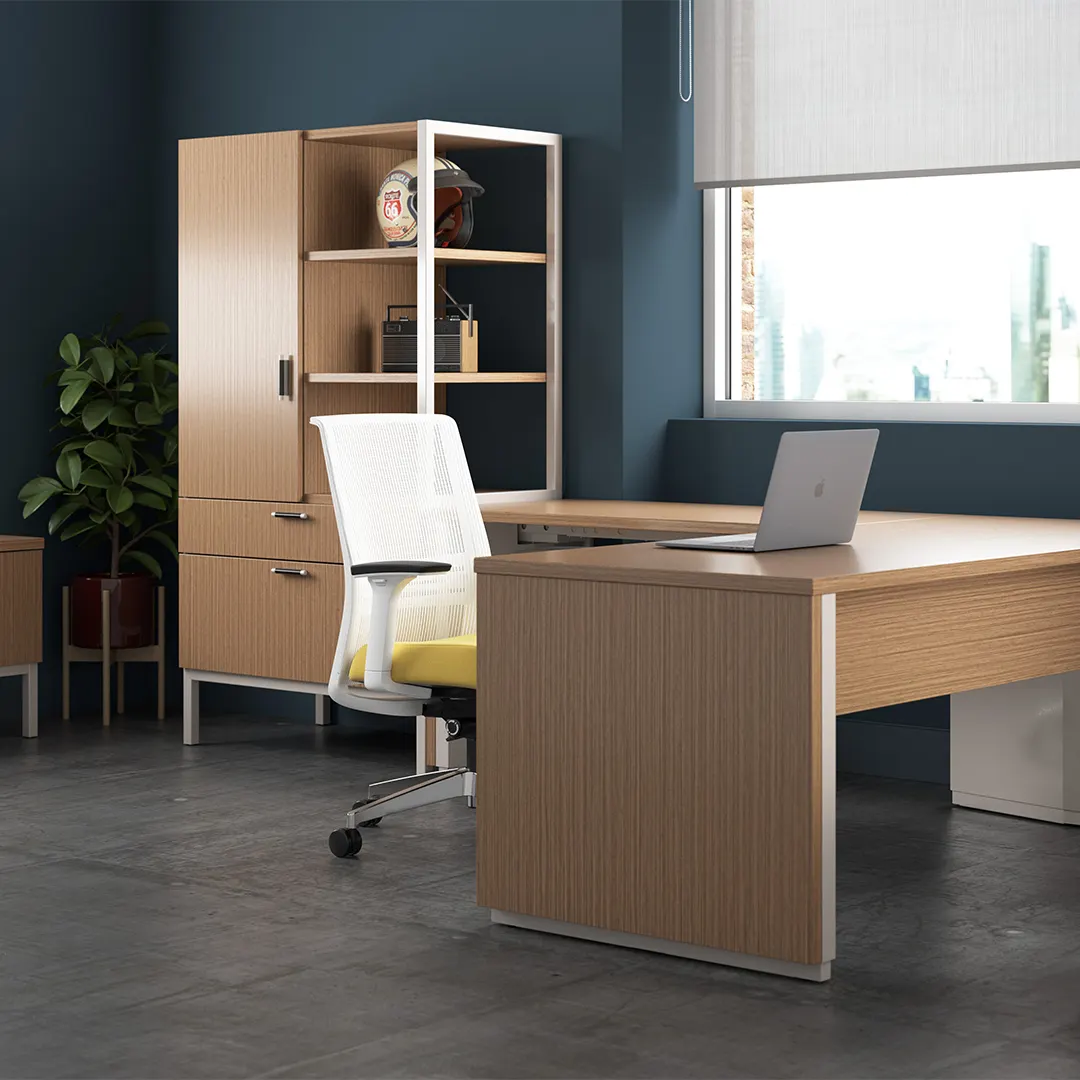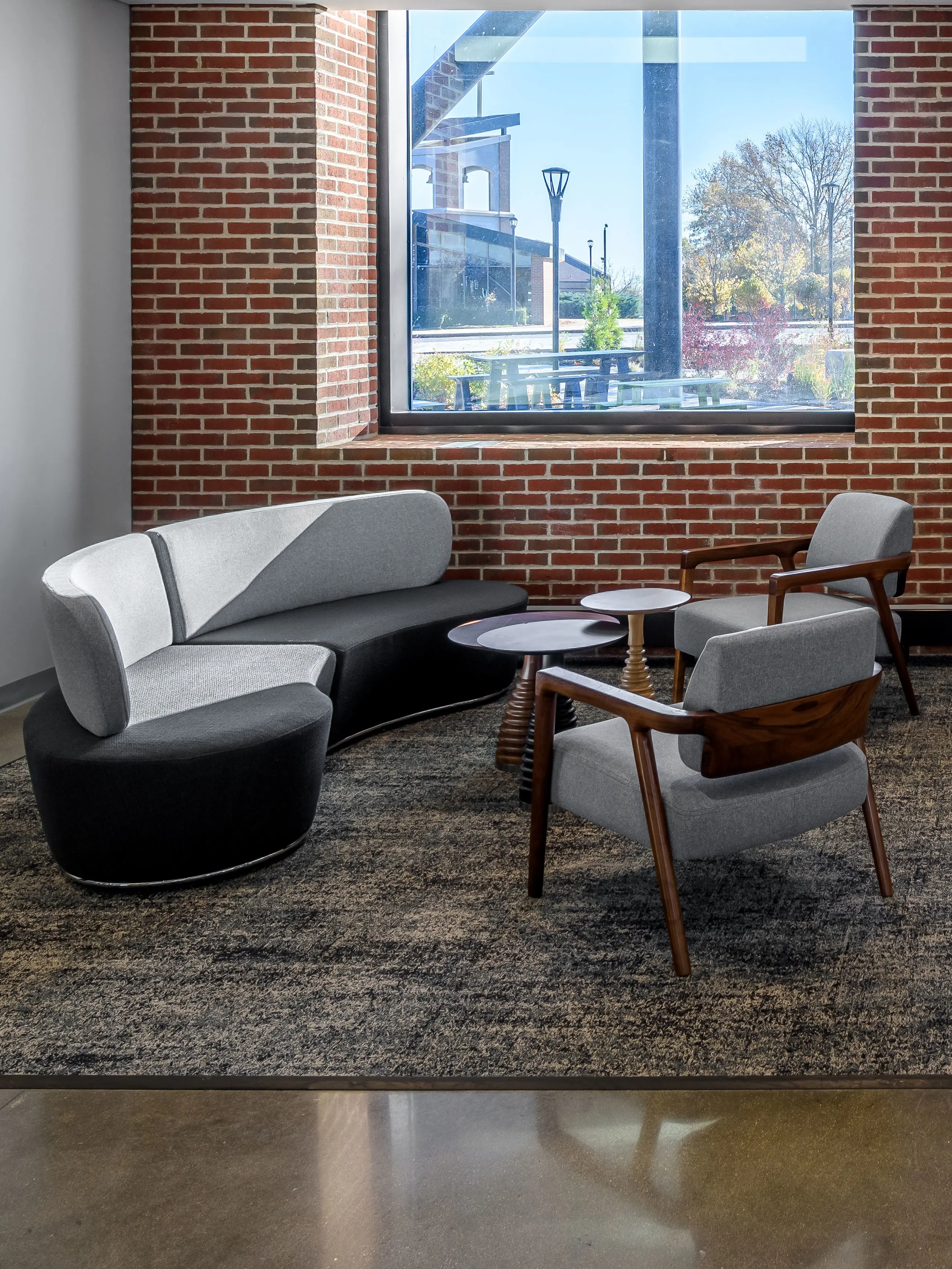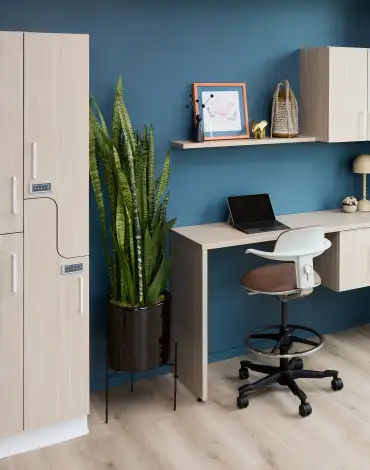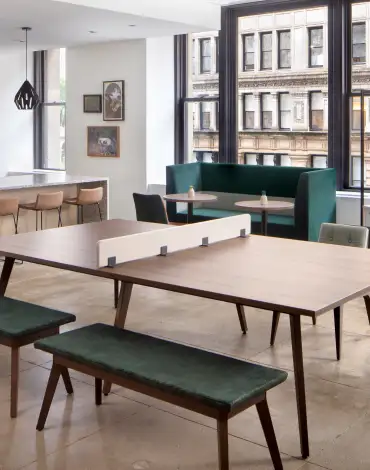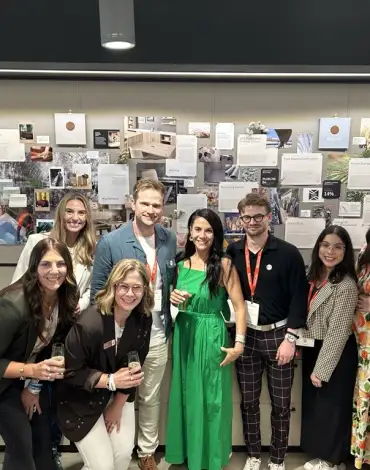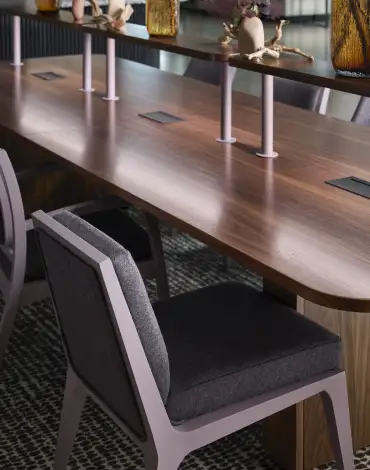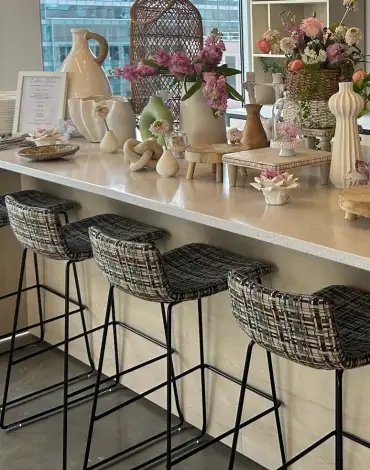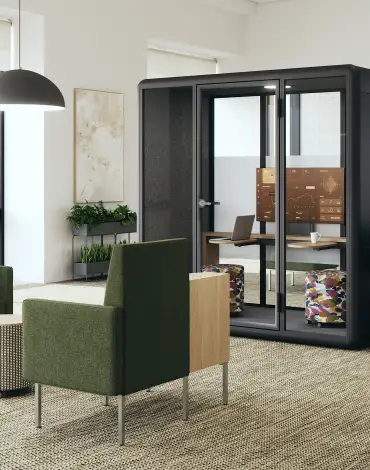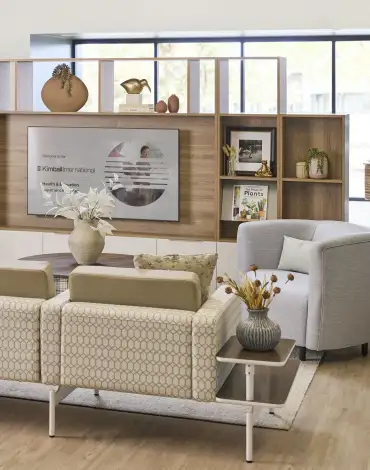Alternative Conversations: Unleash Joy
We all know what joy feels like, but what does it mean to design for it? In this insightful video, recorded at the 2025 HD Expo, host Kaelynn Reid sits down with Ron Swidler, CEO of The Gettys Group, to discuss how joy can be transformed from a simple emotion into a powerful design objective in hospitality spaces.
Latest Product Introductions
New Episode Live Now!
The Latest Alternative Design Podcast Episode
What if the next game-changing amenity in office design isn’t a rooftop lounge or wellness room, but data? In this episode, we talk with Peter Choi, Design Principal at HOK, who challenges us to rethink the very systems that power our built environment.
Browse Our Top Categories
Stay Connected
We are excited to let you know that we are updating our communication practices and want to make sure you don't miss out on anything. Subscribe today to receive inspiring content, news, new product announcements, and more from Kimball International.
Case Studies
Alternative Design
Podcasts
Listen in on interviews and candid conversations as we explore the power of foresight and how designers can become makers of a better future.
ListenBlogs
A hub for inspiration and exploration in the world of design, our blog offers additional insights to complement the podcast and conversations.
readAlternative Conversations
Featuring influential makers, designers, and innovators, this documentary-style series of films and external dialogues focuses on lifestyles and inspiration.
watch